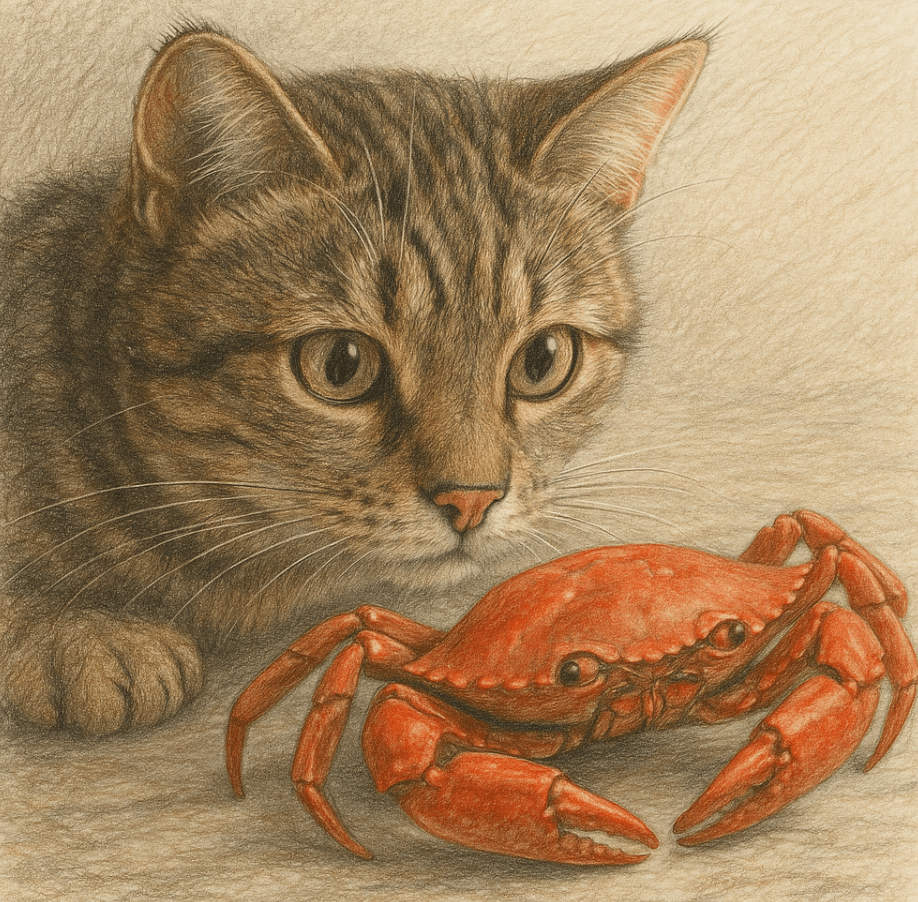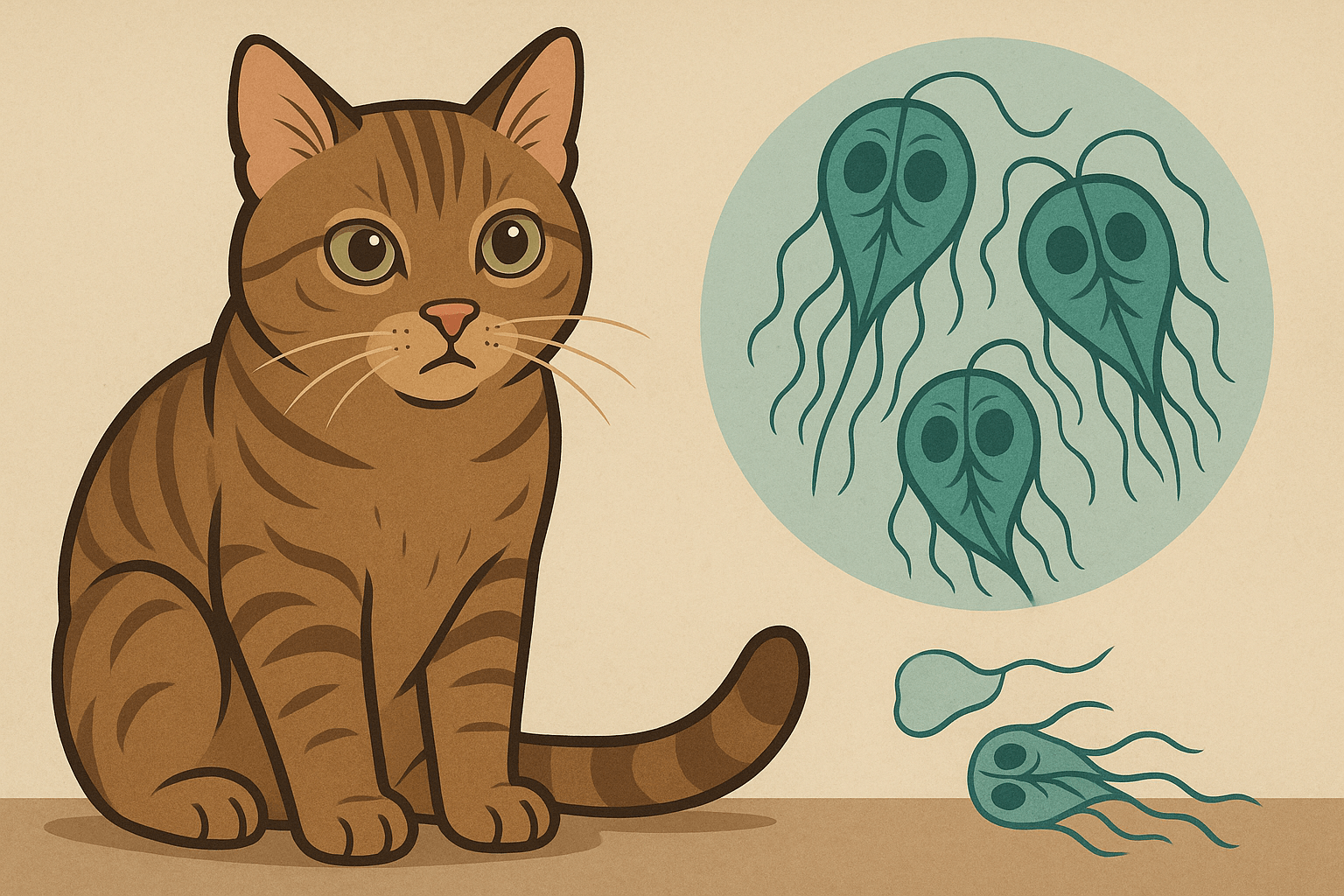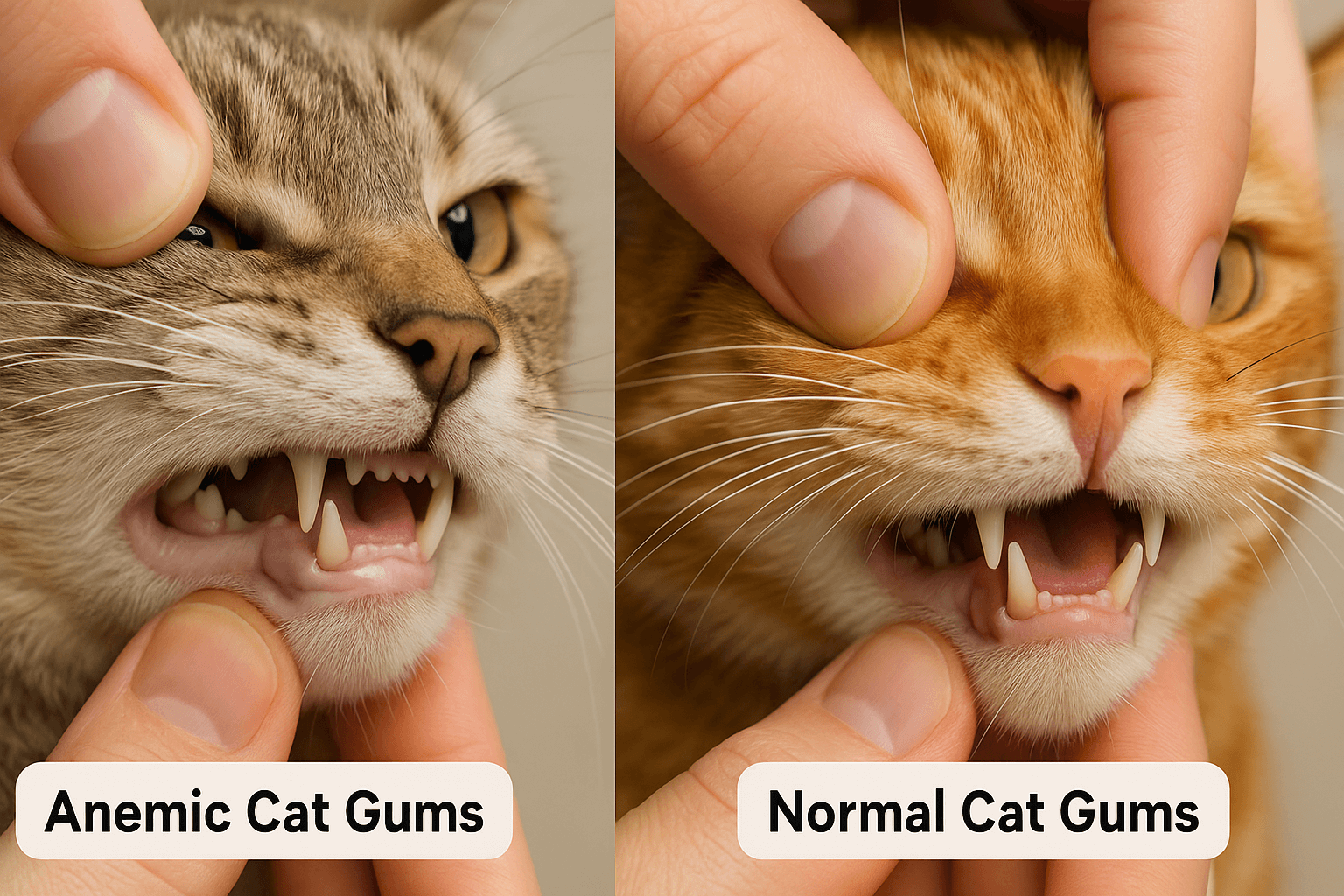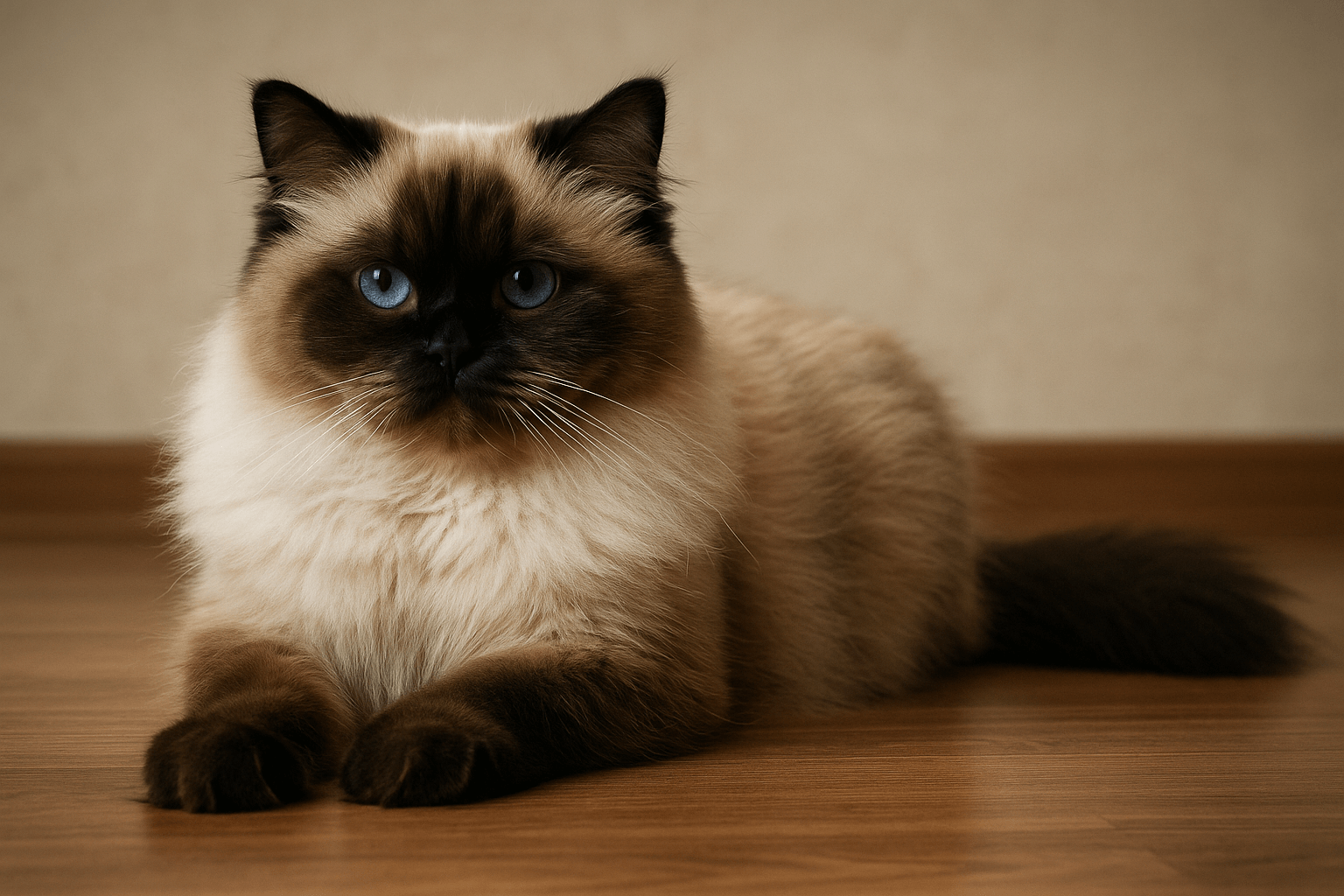Can Cats Eat Crab? A Comprehensive Guide for Cat Owners
Crab is a delicious and nutritious seafood enjoyed by humans worldwide, but can cats eat crab too? As obligate carnivores, cats thrive on animal-based proteins, making seafood like crab an intriguing option for their diet. However, not all human foods are safe or suitable for feline consumption, and crab is no exception. While it offers potential health benefits, there are important considerations to keep in mind before sharing this tasty treat with your cat. In this blog post, we’ll explore whether cats can eat crab, the risks and benefits involved, and how to introduce it safely into their diet. By the end, you’ll have all the information you need to make informed decisions about feeding crab to your furry friend.
Potential Benefits of Feeding Crab to Cats
When prepared correctly, crab can provide several nutritional benefits for cats. Its rich protein content and essential nutrients make it a potentially valuable addition to their diet.
High-Quality Protein:
Crab is packed with lean protein, which supports muscle development and overall energy levels in cats.Rich in Omega-3 Fatty Acids:
Omega-3s promote healthy skin, a shiny coat, and may even reduce inflammation in cats.Source of Vitamins and Minerals:
Crab contains vitamins like B12 and minerals such as zinc and selenium, which support immune function and metabolism.Low in Fat:
Compared to other meats, crab is relatively low in fat, making it a lighter option for cats prone to weight gain.Hydration Support:
Fresh crab meat has a high moisture content, helping cats stay hydrated—a crucial factor for their urinary health.
While these benefits make crab an appealing choice, moderation and proper preparation are key to ensuring your cat’s safety.
Risks of Feeding Crab to Cats
Despite its nutritional value, crab comes with certain risks that cat owners should be aware of. Understanding these hazards helps prevent potential health issues.
Allergic Reactions:
Some cats may develop allergies to seafood, leading to symptoms like itching, vomiting, or diarrhea.High Sodium Content:
Commercially prepared crab often contains added salt, which can be harmful to cats and lead to dehydration or sodium poisoning.Choking Hazards:
Small bones or shell fragments in crab meat can pose choking risks or cause injuries to your cat’s mouth or throat.Digestive Upset:
Introducing new foods like crab can upset your cat’s stomach, especially if given in large quantities.Parasites and Bacteria:
Raw or undercooked crab may harbor harmful parasites or bacteria, increasing the risk of foodborne illnesses.
These risks highlight the importance of careful preparation and portion control when offering crab to your cat.
Check this guide 👉Can Cats Eat Pancakes? Best 7 Expert Tips!
Check this guide 👉Can Cats Eat Cabbage? Best 7 Expert Tips!
Check this guide 👉Can Cats Eat Pasta? Best 7 Expert Tips!

Safe Ways to Feed Crab to Cats | Foods to Avoid Giving Cats |
|---|---|
Plain, cooked crab meat (no seasoning) | Crab with added salt or spices |
Small portions as an occasional treat | Raw or undercooked crab |
Boneless and shell-free crab | Processed crab products with additives |
Fresh crab instead of canned varieties | Crab mixed with onions or garlic |
Boiled or steamed crab without oil | Crab served with sauces or dressings |
How to Safely Introduce Crab to Your Cat’s Diet
If you decide to feed your cat crab, it’s essential to do so carefully and responsibly. Follow these steps to minimize risks and ensure a positive experience.
Choose Plain, Cooked Crab:
Opt for fresh crab meat that’s been boiled or steamed without any added seasonings, oils, or sauces.Remove Bones and Shells:
Ensure all bones and shell fragments are removed to prevent choking or internal injuries.Start with Small Portions:
Offer a tiny amount initially to monitor your cat’s reaction and avoid overwhelming their digestive system.Avoid Canned Crab:
Many canned varieties contain preservatives, salt, or other additives that aren’t safe for cats.Consult Your Veterinarian:
Always seek professional advice before introducing new foods, especially if your cat has existing health conditions.
By following these guidelines, you can safely share crab with your cat as an occasional treat.
Signs Your Cat May Not Tolerate Crab
Even with precautions, some cats may not tolerate crab well. Watch for these warning signs to identify adverse reactions quickly.
Vomiting or Diarrhea:
These symptoms indicate digestive upset and suggest your cat may be sensitive to crab.Excessive Drooling:
Drooling could signal irritation or discomfort caused by something in the crab meat.Itching or Skin Irritation:
Allergic reactions often manifest as excessive scratching, redness, or swelling.Lethargy or Weakness:
If your cat seems unusually tired or uninterested in activities, it could point to a more serious issue.Difficulty Breathing:
In rare cases, severe allergic reactions may cause respiratory distress—seek immediate veterinary care if this occurs.
Recognizing these signs early allows you to act promptly and protect your cat’s health.
Common Mistakes to Avoid When Feeding Crab to Cats
Feeding crab to your cat requires attention to detail to avoid mistakes that could harm their health. Here are some pitfalls to watch out for.
Adding Seasonings or Spices:
Ingredients like salt, garlic, or onion powder can be toxic to cats and should never be included.Feeding Large Portions:
Overfeeding crab can upset your cat’s stomach or lead to nutritional imbalances over time.Ignoring Shell Fragments:
Even small pieces of shell can cause injuries or blockages, so thorough removal is crucial.Using Processed Crab Products:
Pre-packaged or flavored crab often contains additives that aren’t safe for feline consumption.Neglecting Veterinary Advice:
Skipping a professional opinion can result in unknowingly harming your cat with inappropriate food choices.
Avoiding these mistakes ensures a safer and healthier experience for your cat.
Alternatives to Crab for Cats Who Love Seafood
If your cat enjoys seafood but doesn’t tolerate crab well, there are plenty of alternatives that provide similar benefits without the associated risks.
Cooked Salmon:
Rich in omega-3 fatty acids, salmon supports skin and coat health when served plain and in moderation.Boiled Shrimp:
Shrimp is another protein-rich option that many cats love, provided it’s peeled, deveined, and unseasoned.Tuna (in Moderation):
While tuna is a favorite among cats, it should only be given occasionally due to its high mercury content.Plain Whitefish:
Varieties like cod or halibut are mild and easy to digest, making them excellent seafood alternatives.Bone Broth:
Strained, unsalted bone broth made from fish or chicken can offer flavor and hydration without the risks of solid seafood.
These alternatives allow you to cater to your cat’s tastes while keeping them safe.
Understanding Your Cat’s Natural Instincts Around Seafood
Cats are naturally drawn to seafood due to their evolutionary history as hunters and carnivores. Understanding their instincts helps explain their fascination with foods like crab.
Hunting Behavior:
Wild cats often consume fish or other aquatic prey, so domestic cats retain an instinctive attraction to seafood.Strong Sense of Smell:
The aroma of seafood is particularly enticing to cats, triggering their curiosity and appetite.Nutrient Seeking:
Cats crave the proteins and essential fatty acids found in seafood, which are vital for their growth and development.Playful Exploration:
Cats use their senses to explore new textures and flavors, making seafood an intriguing addition to their diet.Territorial Marking:
Chewing and gnawing on objects like seafood shells can serve as a way for cats to assert ownership or relieve stress.
By recognizing these behaviors, you can better address your cat’s needs in a safe and controlled manner.
Frequently Asked Questions About Cats and Crab
Can cats eat raw crab?
No, raw crab may contain harmful bacteria or parasites. Always cook crab thoroughly before offering it to your cat.
Is canned crab safe for cats?
Most canned crab contains salt, preservatives, or other additives that aren’t safe for cats. Stick to fresh, plain crab instead.
How often can I give my cat crab?
Crab should only be given as an occasional treat, no more than once or twice a month, to avoid dietary imbalances.
What should I do if my cat eats crab with shells?
Monitor your cat closely for signs of choking or digestive issues. Contact your vet immediately if you notice any problems.
Are there alternatives to crab for cats?
Yes, other safe protein options include cooked chicken, turkey, or salmon, provided they’re plain and free of seasoning.
Making Informed Choices About Feeding Crab to Your Cat
While crab can be a nutritious and enjoyable treat for cats, it’s essential to approach it with caution. By understanding the potential benefits and risks, preparing it safely, and monitoring your cat’s response, you can ensure a positive experience. Remember, moderation is key—crab should complement your cat’s regular diet rather than replace it. Always prioritize your cat’s health and well-being, and consult your veterinarian if you’re unsure about introducing new foods. With the right care, you can safely share this seafood delicacy with your feline companion while keeping them happy and healthy.
Giardia in Cats: Best 7 Expert Tips! Discover expert advice on identifying, treating, and preventing giardia in cats to ensure your feline stays happy and healthy.
Cat Hyperventilating: Best 7 Expert Tips! Discover signs, causes, and solutions for cat hyperventilation. Learn how to calm your cat and when to seek veterinary care for their breathing issues.
Anemic Cat Gums vs Normal: Best 7 Expert Tips! Learn to spot signs of anemia in cats, understand gum health, and ensure your feline stays happy and healthy with expert advice.
Himalayan Cat Size: Best 7 Expert Tips! Discover expert advice on Himalayan cat size, growth factors, care tips, and how to ensure your feline stays healthy and happy.




